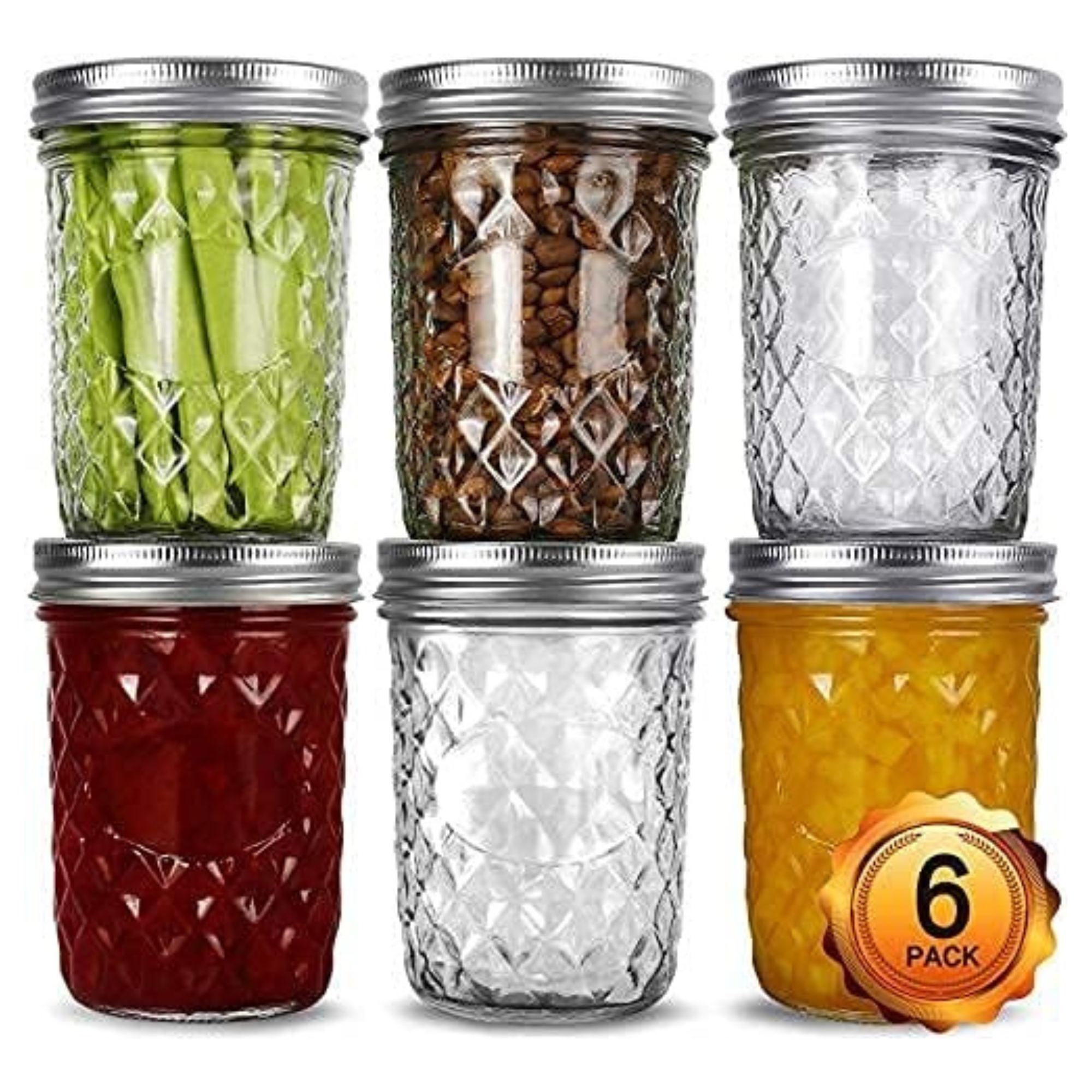
You wipe down the shelves, doors, and handles on your fridge but are you cleaning the dirtiest part of this hardworking kitchen appliance?
Cleaning pros say the vegetable crisper drawer is the filthiest and often most forgotten about area of the fridge and leaving it to gather grime can lead to stomach upsets and stinky fridges, and increase the risk of a spine-tingling roach infestation inside your appliance.
But don’t worry, our professionals cleaner reveals how to clean the veg drawer, how often you need to do it and shares tips for reducing the amount of fridge gunk that ends up in there in this with this quick guide.
The dirtiest place in your fridge is the vegetable crisper drawer
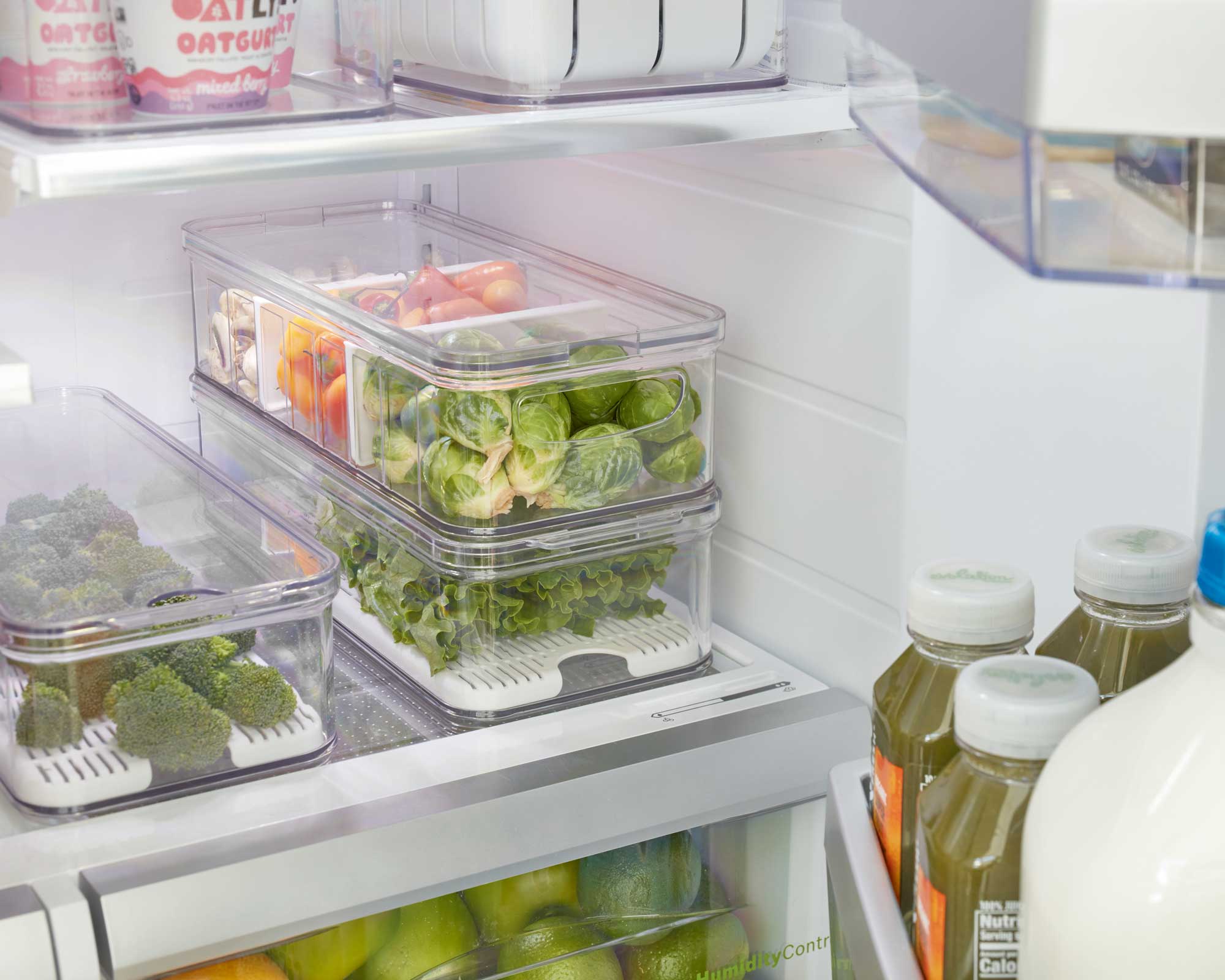
Karina Toner, professional cleaner and operations manager for Spekless has years of experience in apartment, commercial, and home cleaning services.
She says, ‘The top dirtiest place in the fridge is usually the vegetable crisper drawer. It's where you store all your fresh produce, and while these drawers are designed to keep vegetables fresh for longer, it often becomes a breeding ground for bacteria, mold, and other unpleasant things.‘
It's one of the first places she notices in dirty homes as it causes a stink but we know how easy it is to lose track of the older vegetables you buy. Many of them spoil quickly, start to break down and release moisture, creating sticky residue, foul odors, and increasing the risk of contaminating other foods in your fridge, which is why it's so important to clean your fridge.
I am guilty of long-forgotten carrots and cucumbers in my vegetable drawer that start disintegrating into watery mush, ruining anything else that’s nearby.
Karina adds, ‘I absolutely see this a lot. The crisper drawer is often overlooked during routine cleanings and because they’re hidden away, they’re easy to forget until they start to smell or create more serious issues.’
The risks of forgetting to clean it
Having seen fluffy mold growing on forgotten veg in my crisper drawer, it’s not surprise to hear the risk of ingesting mold is top of Karina’s list for adverse outcomes when you don't organize your fridge efficiently, or keep track of its fresh items.
She says, 'Mold can quickly contaminate other produce in the same drawer, posing a serious health risk. This can cause various issues, ranging from mild allergic reactions to severe respiratory problems, especially for people with asthma or mold sensitivities. Breathing in mold spores can also trigger coughing, sneezing, and other respiratory issues.’
Because of the high risk of cross-contamination, it may also result in shortened lifespan of purchased produce. Karina adds, ‘As mold and bacteria spread around, even newly purchased fruits and vegetables will spoil faster than they would in a clean, dry space.’
If you don't clean your fridge often enough, it can attract pests. 'Rotting produce can leave behind smells and residue that attract pests like fruit flies, ants, and even cockroaches,’ Karina says. ‘These pests are more than just a nuisance; they can spread bacteria and further contaminate your food. Once they’ve invaded your fridge, getting rid of them can be tough, often leading to a more serious infestation that might require professional pest control.’
I can’t think of anything worse than opening my fridge to a drawer full of roaches but it's not farfetched, as roaches don't need much water to survive, with the condensation on the back of your fridge enough to keep them going and attracting roaches to your clean house. It's not an enormous leap for roaches hiding out in the back of your appliance, to move inside.
To reduce the risk of forgetting about fresh produce again, I now use Tupperware that’s made for washing, drying then storing clean product visibly in your fridge. The dream is to one day have a salad bar appliance at home so I can all indulge in my love of fruit and veg in style but until then, my trusty Tupperware will have to do!
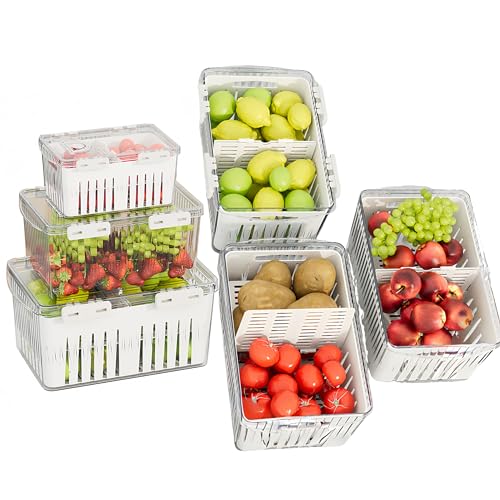
This is what I use to avoid things going to waste in my vegetable drawer. I wash and dry fresh produce as soon as it comes into my home, apart from lettuce which fairs better staying dry and whole until I'm ready for a portion, and place it in these containers which have space for any liquid to drain, making your veg last longer in your fridge.
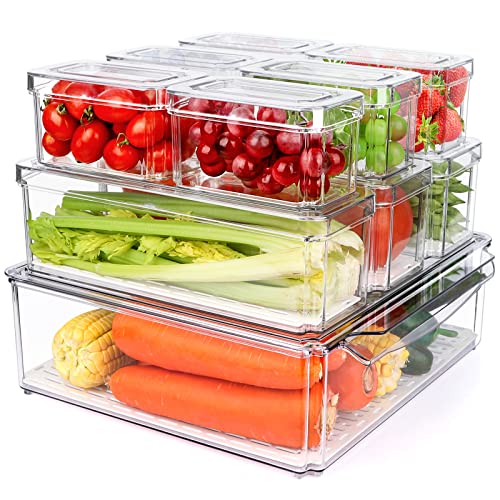
Wash and pack your fruit and vegetables into these handy stackable containers, then keep them in a visible area of your fridge. Use your crisper drawer to house extras, or use for meat and fish instead. These are BPA free and comes with air-tight lids, whilst the bottom contains a liquid valve you can drain with ease.
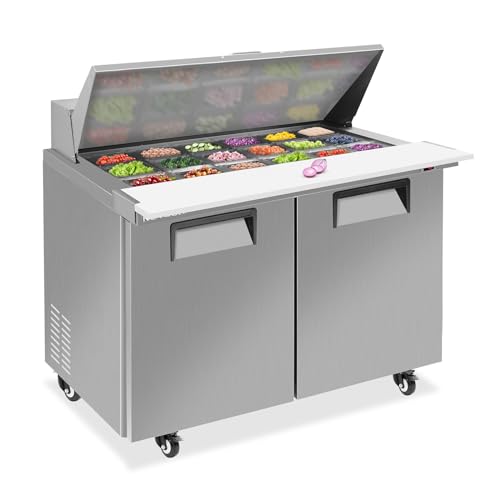
Am I dreaming? Oh how I wish I had this refrigerated salad bar in my kitchen for real. One day when I have my dream house, this commercial-quality prep and salad bar display unit is coming home with me. In the mean time, if you get one or have one, let me know what it feels like to live my dream. This 12 container refrigerator unit is perfectly placed to prep and store all your fresh produce for a healthy, happy household.
How often should you clean your vegetable crisper drawer?
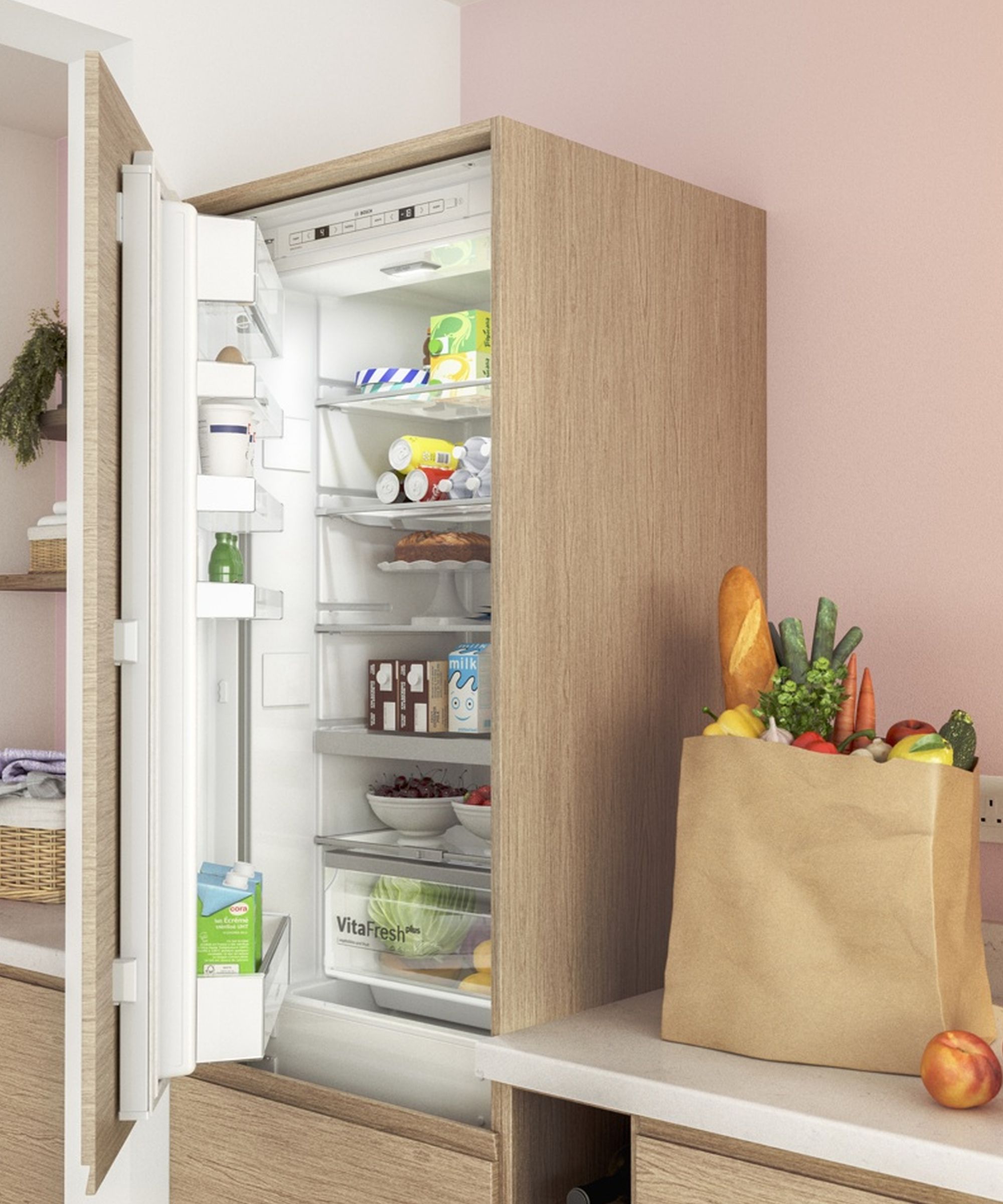
Karina advises cleaning the crisper drawer every two to four weeks or sooner if you notice spills or spoiled food.
This definitely tracks in our house as we tend to do one or two big grocery store shops a month, and I prep the fridge and its shelves, drawers and compartments for the new batch of food, fresh produce and other items by discarding out of date items and cleaning with anti bacterial wipes (such as the Lysol antibacterial wipes bundle from Amazon).
Karina say, ‘For my fridge at home, I make it a habit to do a quick check every week when I’m putting away groceries. If I spot anything that looks like it’s starting to go bad, I’ll pull the drawer out, wipe it down with a vinegar solution, and dry it thoroughly before putting the produce back. I also use fridge liners to make cleaning up any spills a breeze.'
Vinegar can be used all over the home for cleaning tasks.
‘Personally, I also take steps to ensure I keep my vegetables lasting their longest in the crisper drawer,' Karina adds. 'For vegetables like carrots, celery, and bell peppers, I store them in airtight containers. Leafy greens, herbs, and some other vegetables stay fresh longer when wrapped in lightly misted or slightly damp paper towels before placing them in the crisper drawer. The moisture helps prevent them from wilting and keeps them crisp. I replace the paper towels as needed if they become too dry.’
I buy a lot of fresh herbs including mint and basil and have a nifty way of making them last a up to two weeks in my fridge. As soon as I get the item, I rinse in cold water, pat dry, then snip the ends off like a bouquet of flowers, pop them in a clean glass jar or cup and give them an inch or so of water.
Then I put a plastic bag such as a Ziploc, which has a bunch of surprising uses such as this, one over the top like a little mini conservator and tighten the zipper so it creates a micro-environment it loves. When I need the product, I take what I need and return the rest to the fridge, making sure to refresh the water every few days. It’s amazing how fresh it stays and how long it lasts.
Karina says, ‘Lastly, and probably most importantly, I always use the older items first to ensure nothing goes to waste. The FIFO (first in, first out) method helps me manage my produce better and reduces the chances of forgetting about items until they spoil.’
For clients, Karina does do a more thorough clean on a regular schedule, usually every month. ‘I’ll empty the drawer, recommend to toss anything that’s past its prime, and then clean and sanitize the entire area. If the client is interested, I’d also recommend using fridge liners to help keep things cleaner between visits.’
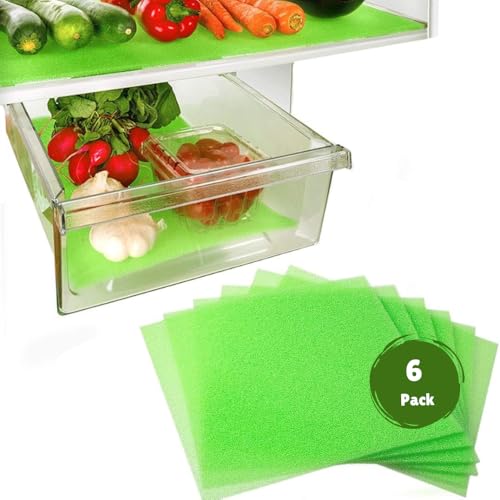
These safe-for-food drawer liners are BPA, PVC, and phthalates Free, meeting the FDA food contact Standards. They circulate air around your fresh product, absorb moisture and help keep things fresher for longer. They are 12x15 inches but you can cut to size or shape for your needs.
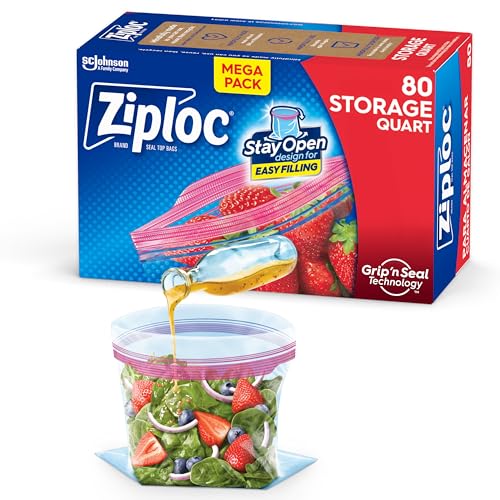
I use Ziploc bags, turned upside down, to create a micro-climate my fresh mint, basil and other stemmed herbs love in my fridge to keep them fresh for up to two weeks.
Next, learn how often to clean your whole fridge and how to deodorize your fridge with a with vanilla vinegar cleaner.
